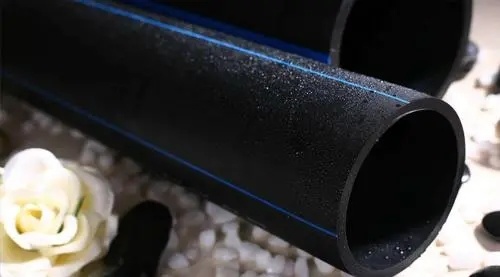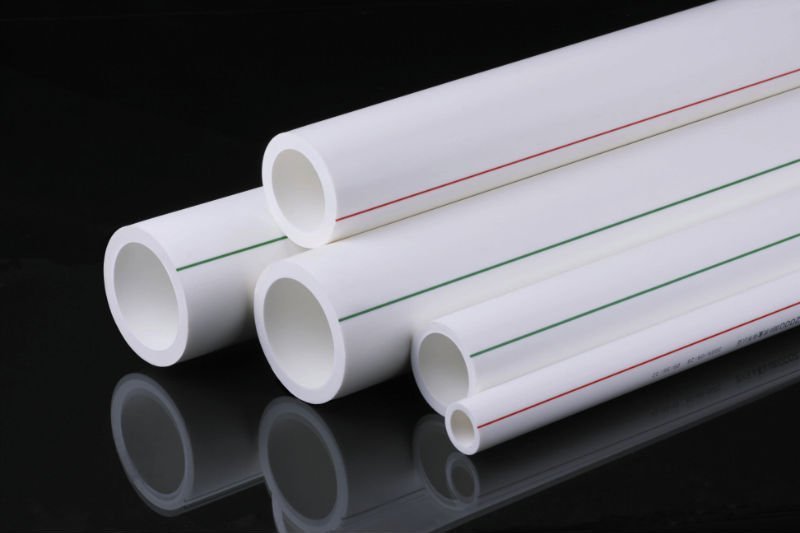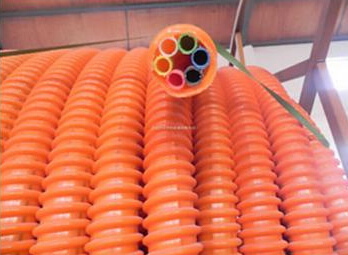Streamlining Traffic Operations: The Crucial Role of Rubber Tubes in Modern Automotive Systems
Nov 21,2024
Streamlining Traffic Operations: The Crucial Role of Rubber Tubes in Modern Automotive Systems
Table of Contents
- What Are Rubber Tubes?
- Importance of Rubber Tubes in the Automotive Industry
- Types of Rubber Tubes Used in Traffic Operations
- Key Features of Quality Rubber Tubes
- Benefits of Using Rubber Tubes in Traffic Operations
- Applications of Rubber Tubes in Traffic Systems
- Maintenance and Care for Rubber Tubes
- The Future of Rubber Tubes in Traffic Operations
- FAQs
- Conclusion
What Are Rubber Tubes?
Rubber tubes are flexible, cylindrical components typically made from natural or synthetic rubber. They are designed to transport fluids or gases in a variety of automotive systems, including cooling, fuel delivery, and air intake. Their elasticity and durability make them an optimal choice for numerous applications within vehicles. Rubber tubes can withstand high pressures and temperatures, which is crucial for maintaining vehicle efficiency and safety.
Importance of Rubber Tubes in the Automotive Industry
The automotive industry relies heavily on rubber tubes for several reasons. Primarily, they contribute to **vehicle performance** by ensuring efficient fluid transfer. This process is vital for the proper functioning of various systems, such as the braking system, fuel injection, and cooling system. As vehicles become more sophisticated, the demand for high-performance rubber tubes increases. Moreover, these components play a critical role in **enhancing safety** by preventing leaks that could lead to accidents.
Types of Rubber Tubes Used in Traffic Operations
Rubber tubes come in various types, each tailored for specific applications. Here are some common types used in traffic operations:
1. Fuel Rubber Tubes
These tubes are specifically designed to handle the transportation of fuel from the tank to the engine. They must be resistant to fuel chemicals and capable of withstanding high pressures.
2. Cooling System Rubber Tubes
Cooling system tubes transport coolant throughout the engine to prevent overheating. They need to endure high temperatures and pressures while maintaining flexibility.
3. Brake System Rubber Tubes
Brake lines rely on high-quality rubber tubes to ensure the safe and effective transfer of brake fluid. They must be durable and resilient to wear and tear.
4. Air Intake Rubber Tubes
These tubes are used to convey air from the environment into the engine's air intake system. They must be lightweight and resistant to environmental factors.
5. HVAC Rubber Tubes
Heating, ventilation, and air conditioning (HVAC) systems in vehicles utilize rubber tubes to circulate air and maintain cabin comfort. They must be insulated and durable to cope with varying temperatures.
Key Features of Quality Rubber Tubes
When selecting rubber tubes for automotive applications, several key features should be considered:
1. Durability
Quality rubber tubes must withstand mechanical stress, temperature fluctuations, and exposure to chemicals without degrading.
2. Flexibility
Flexibility is crucial for easy installation and operation within confined spaces in vehicles.
3. Temperature Resistance
Rubber tubes should be able to handle a wide range of temperatures, ensuring consistent performance.
4. Pressure Ratings
Choosing rubber tubes with appropriate pressure ratings is essential to prevent ruptures or leaks during operation.
5. Compatibility
Materials used in manufacturing rubber tubes should be compatible with the fluids or gases they will transport.
Benefits of Using Rubber Tubes in Traffic Operations
The utilization of rubber tubes in automotive systems offers numerous advantages:
1. Enhanced Performance
Rubber tubes significantly improve the efficiency of fluid and gas transfer, leading to better overall vehicle performance.
2. Improved Safety
By preventing leaks and maintaining system integrity, rubber tubes contribute to safer vehicles and roadways.
3. Cost-Effectiveness
Investing in high-quality rubber tubes can reduce long-term maintenance costs by minimizing the need for repairs and replacements.
4. Eco-Friendly Options
With advancements in manufacturing, eco-friendly rubber tubes made from sustainable materials are now available, reducing environmental impact.
5. Versatility
Rubber tubes can be used in various applications beyond automotive systems, including industrial and agricultural machinery.
Applications of Rubber Tubes in Traffic Systems
Rubber tubes play a vital role in various traffic systems, enhancing their functionality and efficiency:
1. Traffic Signal Systems
Rubber tubes are often employed in traffic signal systems for powering and controlling signals, ensuring smooth operations.
2. Emergency Response Vehicles
These vehicles utilize rubber tubes in their water supply systems and other operational aspects to respond effectively during emergencies.
3. Public Transport Systems
Buses and other public transport vehicles rely on rubber tubes for fuel delivery, cooling, and air conditioning systems, ensuring passenger comfort and safety.
4. Construction Equipment
Rubber tubes are essential in construction machinery for hydraulic systems, contributing to efficient operation on job sites.
5. Road Maintenance Vehicles
Vehicles involved in road maintenance utilize rubber tubes for various functions, including lubrication and fluid transfer, enhancing their operational capabilities.
Maintenance and Care for Rubber Tubes
Proper maintenance of rubber tubes is crucial to ensure their longevity and performance. Here are some best practices:
1. Regular Inspections
Conduct regular inspections of rubber tubes for signs of wear, cracks, or leaks. Early detection can prevent major issues.
2. Cleaning
Keep rubber tubes clean and free from debris that can cause abrasion or blockages.
3. Testing Pressure Ratings
Periodically test the pressure ratings of rubber tubes to ensure they meet operational requirements.
4. Temperature Monitoring
Monitor temperatures in systems utilizing rubber tubes to prevent overheating and potential failure.
5. Replacement When Necessary
Replace rubber tubes showing significant wear or damage to maintain system integrity and safety.
The Future of Rubber Tubes in Traffic Operations
As automotive technology continues to evolve, the role of rubber tubes will also transform. Innovations in materials and manufacturing processes will lead to more durable, efficient, and eco-friendly rubber tubes. The incorporation of smart technologies, such as sensors within rubber tubes to monitor fluid flow and temperature, may enhance their functionality and contribute to safer traffic operations.
Moreover, with the increasing emphasis on sustainability, the automotive industry is likely to see a rise in the use of biodegradable and recyclable rubber materials, aligning with global efforts to minimize environmental impact. These advancements will ensure that rubber tubes remain a crucial component in streamlining traffic operations for years to come.
FAQs
1. What are the most common types of rubber tubes used in vehicles?
Common types include fuel rubber tubes, cooling system tubes, brake system tubes, air intake tubes, and HVAC tubes.
2. How do I know when to replace rubber tubes in my vehicle?
Replace rubber tubes if you notice visible wear, cracks, leaks, or if they fail pressure tests.
3. Are there eco-friendly rubber tube options available?
Yes, advancements in materials have led to the creation of eco-friendly rubber tubes made from sustainable materials.
4. What is the importance of maintaining rubber tubes?
Proper maintenance ensures the longevity and performance of rubber tubes, preventing leaks and system failures.
5. Can rubber tubes be used in non-automotive applications?
Absolutely, rubber tubes are versatile and can be used in various industries, including construction and agriculture.
Conclusion
Rubber tubes play an indispensable role in streamlining traffic operations within the automotive industry. Their ability to facilitate efficient fluid and gas transfer significantly enhances vehicle performance and safety. As technology advances, the future of rubber tubes promises even more innovative applications and materials, further solidifying their importance in modern traffic systems. By understanding the types, benefits, and maintenance of rubber tubes, stakeholders in the automotive industry can ensure optimal performance and safety on the roads.
Latest News







